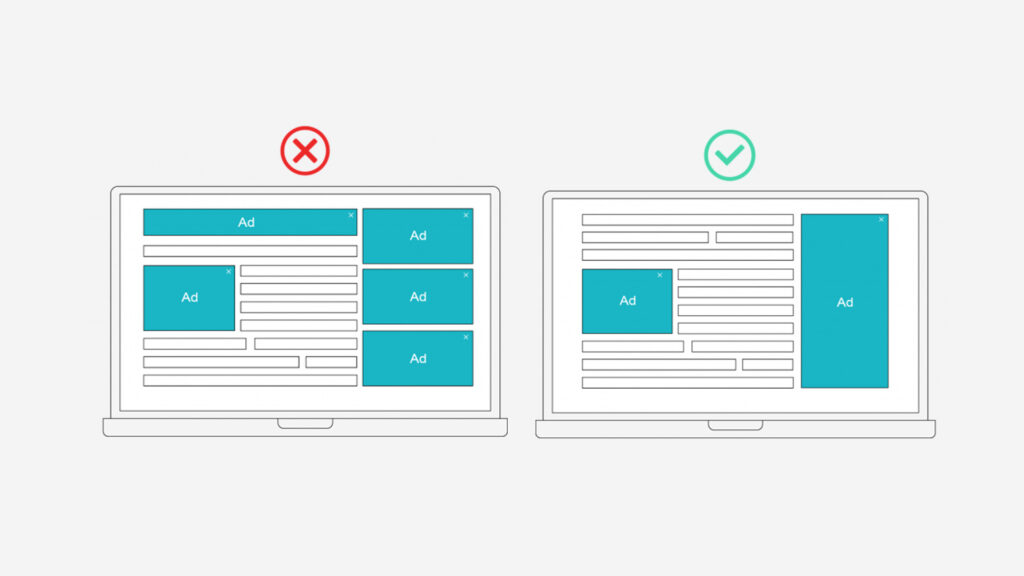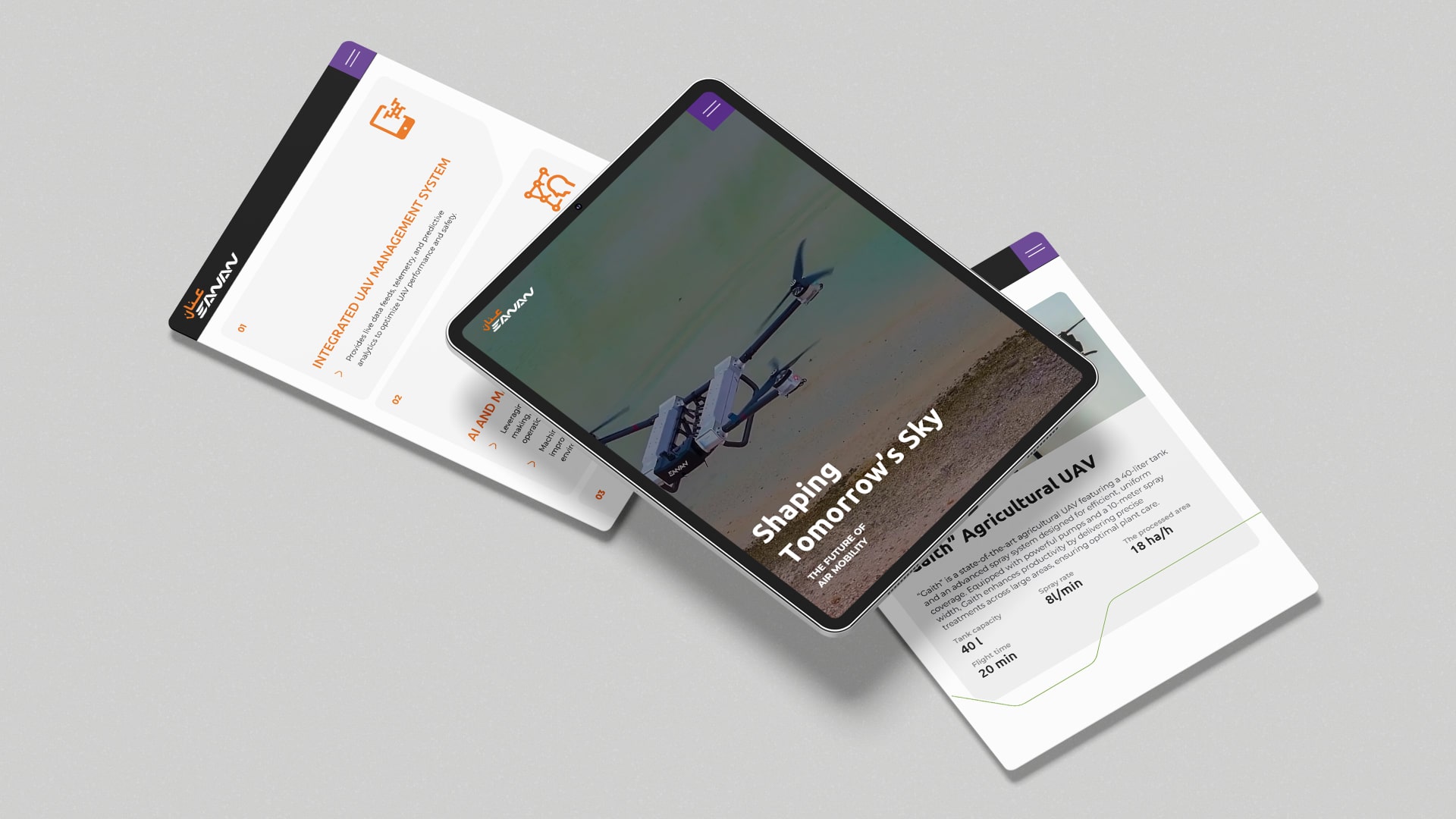An ad is unavoidable on a website. Until you are running a paid subscription model where people are actually paying for content on the website, there is a need to generate revenue from advertising. But do you think a website with a lot of ads will generate revenue? It is bound to have an impact on user experience. The same logic is applicable to ads that are placed on your company’s website. People who are looking to obtain information about your company and products will be annoyed if they visit websites too many ads. This is bound to have an impact on user experience.

Why are ads necessary?
Human beings need to put in some effort where tangible returns are assured. From a financial reward to a discount coupon or a sense of accomplishment, everything has a role to play. The moment we type in a search query, sift through the results, click on the link, and wait for the site to load, there is an anticipation of content. This is the effort it takes to visit a website.
Such an effort needs to be rewarded with the best user experience. If your website is not able to fulfil the need, the user will return and look for the same information again. But when it starts happening a couple of times, it has an adverse impact on SEO, resulting in lower revenue and traffic. Balancing a website with a lot of ads and a positive user experience is a science and an art. Conversely, if the website with too many ads it can lead to a negative image in the mind of customers.
The ad brings in revenue.
There is no denying the fact that ads bring in revenue for website owners. According to trends, digital spending will overtake television by 2024. You may come across a website with a lot of ads, and a few of them are carefully hidden. A few of them may be designed as campaigns, whereas others could have rewards at the end. A website with too many ads cannot provide a great user experience.

How to strike the balance
Sharing of ads in context
If you are on a website selling flowers, you do not want to come across a pop-up for a website selling flowers to your loved ones. If you are sharing ads on a website, see if they are in context. A general rule is that before giving a visitor more than they want, you must first fulfil their goal. When a movie is launched, for instance, you can distribute the content on ticket-ordering websites if the site publishes movie reviews.
Any type of content needs to have related content, so it is a natural extension of the curiosity of the borrower. A real estate website with baked cookies does not make sense. It is not that people who buy houses do not purchase cakes, as that is not relevant in any manner. Relevant ads boost engagement levels, click-through rates, and conversion rates.
Ensure that the ads are not random for the sake of immediate higher revenues You will only have a limited amount of influence over the personalisation of ads as a publisher. Though you can restrict the page with lots of ads.
There is no point in overlapping your web pages.
How much is too much? Sometimes publishers may wonder whether they are oversaturating their web page with ads. How much advertising is too much depends on a number of factors. There is no need to crowd your website. Ads take time to load as they force the content page to shift abruptly, which can ruin the user experience. If you rely on pop-under, sticky, or audio ads, restrict the number to a single page.
There is no single approach as publishers follow different ad formats. A publisher can have a couple of approaches in the back of their mind. Firstly, they could be a long-term value seeker who stresses the value of content, and secondly, they may not mind short-term content with a lot of ads. There is no golden rule for the number of ad pages you can have; loading it with too many can hamper the user experience. Once you decide on the number of ads per page, take into consideration the loading time.
The 3-second rule of Google states that if your page load goes from 1 second to 3 seconds, the probability of bounce rates increases to 32 percent. There is no point in losing out on visitors due to excessive advertising, and it is better to restrict the number of ads.
Keeping testing and optimising
Sometimes an ad is the only way to make money. From your website content, do not separate ads, putting them outside the sphere of control. A considerable amount of work and time is to be spent on ad optimisation, as multiple variables affect ad revenue. In a single go, it is not possible to comply with all parameters.
Starting with ad placements can help since they are not going to affect the user experience so much. For best results, you may run A/B or multivariate testing. You need to learn about how users interact with the content and ads on your website so that you can prioritise them for higher revenue.
Resorting to a heat map tool is a good way to understand how users interact with your website and where the most clicks occur in real-time. There is a need to focus on how users are interacting with your website across locations, demographic segments, and geographic locations. Obtaining such insights will enable you to drive user engagement through more personalised and conceptualised ad content.
A quality user experience will lead to optimised ad revenues. So it is better to ensure that there is a balance to have a website with ads only that does not impact user experience. Test consistently and constantly to stay ahead of the curve while adapting to the dynamic user’s behaviour.
When incorporating advertisements on your website, what should you avoid?
The publishers need to stay away from
- Large stick ads that cover more than 30% of the bottom of the screen
- Pretrial ads with times need to be avoided. Waiting annoys the users.
- Auto-playing video ads with sound that suddenly distracts the users force them to shut down the sound as they may shut down the window by mistake.

In a nutshell, a balance needs to exist between ads and user experience, which should be a priority for the publishers. If you think you can earn a lot of revenue by incorporating a website with a lot of ads, then you are mistaken. Users will never return to websites with too many ads after having a negative experience there. To encourage users to return to your website, it is essential to make the adverts relevant, unobtrusive, and, if at all possible, engaging. Users are happy if they have control over their user experience as they hate a website full of ads. It is necessary that you provide the right experience to a user.
Related Post
Publications, Insights & News from GTECH





